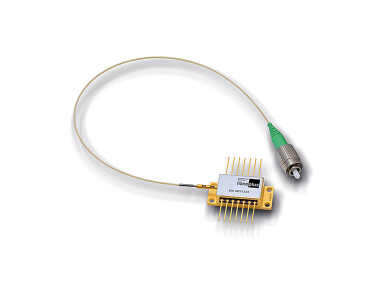Environmental Laboratory
Determination of Lanthanides by Ion Chromatography
Sep 18 2008
However, the techniques commonly used to determine them require equipment well beyond the means of small budgets. Ion chromatography applying non-suppressed conductivity or UV/VIS detection is a straightforward, much less expensive alternative.
Lanthanides are commonly determined by atomic absorption spectroscopy, X-ray fluorescence, inductively coupled plasma-mass spectrometry (ICP-MS) or inductively coupled plasma-atomic emission spectroscopy (ICP-AES). Sophisticated as they are, these techniques go along with high costs of instrumentation and require highly skilled operators.
The fast lane to high-precision results
The determination of trace-levels of lanthanides by ion chromatography is achieved by using either direct non-suppressed conductivity detection or UV/VIS detection at 655 nm after post-column reaction (PCR) with arsenazo III. Conductivity detection under isocratic conditions results in overall analysis times of approx. 70 minutes. A much faster way is the determination of lanthanides via gradient elution and subsequent spectrophotometric detection of the arsenazo III-lanthanide(III) complexes, which can be performed within just 22 minutes.
Besides the short analysis time, UV/VIS detection excels by its selectivity and sensitivity and does not suffer from interferences by ever-present impurities such as iron(III) or other transition metals.
Digital Edition
AET 28.4 Oct/Nov 2024
November 2024
Gas Detection - Go from lagging to leading: why investment in gas detection makes sense Air Monitoring - Swirl and vortex meters will aid green hydrogen production - Beyond the Stack: Emi...
View all digital editions
Events
Nov 26 2024 Paris, France
Nov 27 2024 Istanbul, Turkey
H2O Accadueo International Water Exhibition
Nov 27 2024 Bari, Italy
Biogas Convention & Trade Fair 2024
Nov 27 2024 Hanover, Germany
Dec 02 2024 London, UK












.jpg)






